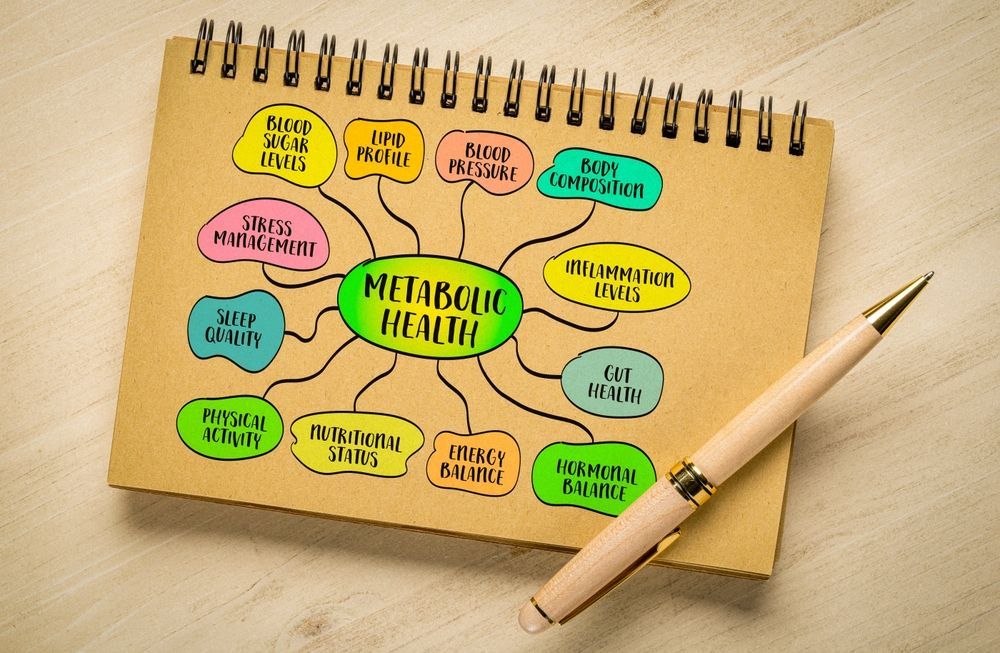How Long Does IV Therapy Take to Work?

Understanding IV Therapy
What is IV Therapy?
IV therapy, or intravenous therapy, is a medical treatment method that delivers fluids, medications, and nutrients directly into a patient's bloodstream through a vein. This approach allows for rapid absorption and immediate action, making it a popular choice for hydration, medication administration, and nutritional support.
Typically administered in a clinical setting, IV therapy can also be delivered at home or in outpatient clinics. Healthcare professionals often recommend this treatment for patients who are unable to take medications orally or need a quick response for hydration or nutrient replenishment. For instance, athletes may utilize IV therapy post-exercise to quickly restore hydration and electrolytes lost during intense physical activity, ensuring they recover swiftly and maintain peak performance.
The Science Behind IV Therapy
The primary advantage of IV therapy lies in its ability to bypass the digestive system. When substances are taken orally, they must go through the gastrointestinal tract, where they can be broken down and metabolized, reducing their effectiveness. However, IV therapy delivers these substances directly into the bloodstream.
This method ensures maximum bioavailability—meaning a higher percentage of the medication or nutrient reaches the target tissues effectively. It is especially useful in critical care and emergency situations where patients require immediate treatment to stabilize their condition. Moreover, the versatility of IV therapy extends beyond just hydration and medication; it can also include the administration of vitamins, minerals, and even antioxidants, tailored to meet individual health needs. For example, patients undergoing chemotherapy may receive specific nutrients intravenously to help combat side effects and support their overall health during treatment.
The Process of IV Therapy
Preparing for IV Therapy
Before commencing IV therapy, a healthcare provider conducts a thorough assessment of the patient's medical history and current health status. This step typically involves a physical examination and may require additional tests, such as blood work, to determine the best treatment plan.
The healthcare provider will explain the procedure, including what to expect and any potential side effects. It's crucial for patients to communicate their concerns and preferences, as this can help tailor the treatment to their individual needs. Additionally, patients may be advised to hydrate adequately prior to the session, as this can facilitate easier vein access and improve the overall experience. Understanding the importance of this preparation can alleviate anxiety and foster a sense of collaboration between the patient and healthcare provider.
During the IV Therapy Session
On the day of the therapy, patients are usually seated comfortably in a designated area. The healthcare provider will locate a suitable vein, often in the arm or hand, and clean the area with an antiseptic solution to minimize the risk of infection.
A small needle is then inserted into the vein, and a thin tube (catheter) is threaded through it. This catheter will remain in place for the duration of the treatment, allowing for easy administration of fluids or medication without repeated needle sticks. Most sessions last anywhere from 30 minutes to a couple of hours, depending on the treatment being administered. During this time, patients are often encouraged to relax, perhaps by listening to music or reading a book, as this can help distract from any discomfort. The healthcare staff will monitor the patient closely throughout the session, checking vital signs and ensuring that the infusion is proceeding as planned. This attentive care not only enhances safety but also helps to foster a supportive environment, making the experience as pleasant as possible for the patient.
Factors Influencing IV Therapy Duration
Type of Treatment and Dosage
The duration of IV therapy can vary significantly based on the type of treatment being provided. For example, hydration therapy may take less time than therapies involving medications with complex infusion protocols. The dosage also plays a critical role; higher doses generally require longer administration times to reduce the risk of side effects and ensure patient safety.
- Hydration therapy: Typically 30 minutes to 1 hour.
- Nutritional support: Usually requires about 1 to 2 hours.
- Medication infusions: Can last from 30 minutes to several hours depending on complexity.
Individual Health Conditions
Patients' individual health conditions also significantly influence the time it takes for IV therapy to work. Factors such as age, overall health, and any existing medical conditions can affect both the therapy's effectiveness and how quickly benefits are realized. For instance, patients with chronic illnesses may experience a different timeline for improvements compared to healthy individuals.
Additionally, the presence of any allergies or adverse reactions to medications may necessitate slower infusion rates, further extending the process.
Expected Time Frame for IV Therapy Results
Immediate Effects of IV Therapy
Many patients report feeling immediate relief or benefits following their IV therapy session, especially when receiving hydration or electrolyte replenishment. For those who are dehydrated, symptoms like fatigue and dizziness may resolve quickly as hydration takes effect. Similarly, nutrients delivered via IV can improve energy levels relatively fast.
Long-term Effects of IV Therapy
While some effects are felt immediately, other benefits might take longer to manifest. For example, patients receiving vitamin or nutrient infusions often have enhanced energy levels and improved overall health over time. This is particularly true for patients with deficiencies that may take several sessions to correct.
In general, patients may need to attend multiple sessions of IV therapy to achieve lasting results. It's essential for individuals to discuss their long-term goals and treatment plans with their healthcare provider to understand the expected timeline better.
Potential Side Effects and Risks of IV Therapy
Common Side Effects
While IV therapy is generally safe, it can come with certain side effects. Common side effects include discomfort or bruising at the injection site, headache, and feelings of mild lightheadedness. Most patients tolerate these side effects well and can continue their normal activities shortly after treatment.
- Bruising or swelling at the injection site
- Headaches
- Nausea
Serious Risks and Complications
In rare cases, IV therapy can lead to more serious complications such as infection, blood clots, or allergic reactions. Therefore, it is crucial to receive IV therapy from a qualified healthcare provider in a sterile environment. If patients experience any unusual symptoms following treatment, they should contact their healthcare professional immediately.
In conclusion, while IV therapy can offer rapid relief and benefits, its effectiveness and duration depend on various factors. Understanding the process, expected results, and potential risks can enhance patient experience and lead to better outcomes.
Get In touch

14891 North Northsight Blvd Suite 118, Scottsdale, AZ 85260

8AM-8PM (Mobile)
8AM-6PM (In-clinic)
QUICK Links
We Accept

We accept cash and all major credit cards. Our services are also HSA & FSA (Health/Flexible Savings Account) approved!
© 2016-2025 Arizona IV Medics | All rights reserved | Privacy Policy | Powered By OMG Marketing







